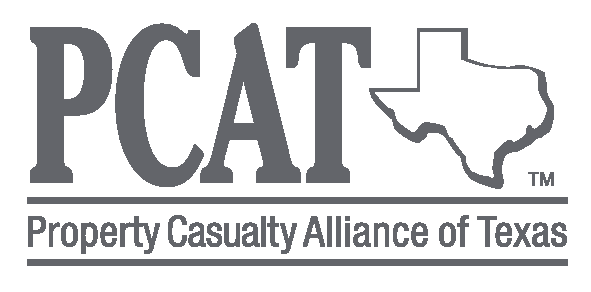Cybersecurity Hygiene: Keeping Your School Network Clean and Safe
In today's digitally driven world, educational institutions rely heavily on technology and connectivity to enhance the learning experience. The integration of computers, tablets, and smartphones into the classroom has revolutionized education, but it has also brought forth new challenges, particularly in terms of cybersecurity. Protecting sensitive student data, maintaining network integrity, and ensuring the safety of both students and staff members is paramount. The importance of cybersecurity hygiene for educational institutions and provides actionable steps to keep school networks clean and secure.
The Significance of Cybersecurity in Education
Educational institutions are increasingly becoming targets for cyberattacks due to the vast amount of valuable data they store, including student records, financial information, and research data. The consequences of a data breach in a school network can be far-reaching, affecting not only the institution but also the students and their families. Here's why cybersecurity hygiene matters in an educational setting:
Protection of Sensitive Data: Student records, social security numbers, and other personal data must be safeguarded to prevent identity theft and fraud.
Academic Integrity: Ensuring that student work is not tampered with or altered is essential for maintaining academic integrity.
Operational Continuity: Cyberattacks can disrupt school operations, leading to downtime and lost instructional hours.
Financial Security: Institutions need to protect their financial assets from theft and fraud.
Reputation: A security breach can harm the reputation of an educational institution, affecting enrollment and funding.
Top Cybersecurity Hygiene Practices for Schools
Regular Software Updates: Keeping all software, including operating systems and applications, up to date is vital. Updates often include security patches that fix vulnerabilities.
Strong Password Policies: Enforce password complexity rules, require regular password changes, and implement multi-factor authentication to protect accounts.
User Training: Conduct cybersecurity awareness training for both students and staff. Teach them how to recognize phishing attempts and the importance of safe online behavior.
Network Segmentation: Divide the school network into segments to limit the spread of malware in case of a breach.
Firewall and Intrusion Detection Systems (IDS): Employ firewalls to filter network traffic and intrusion detection systems to identify and respond to suspicious activities.
Data Encryption: Encrypt sensitive data both in transit and at rest to protect it from unauthorized access.
Incident Response Plan: Develop a comprehensive incident response plan that outlines the steps to take in case of a cybersecurity incident.
Regular Backups: Perform regular backups of critical data and systems. Ensure that backups are stored securely and can be quickly restored if needed.
Access Control: Limit access to sensitive data to authorized personnel only. Regularly review and update user permissions.
Third-Party Vendors: Vet and monitor third-party vendors who have access to your school's data to ensure they meet cybersecurity standards.
Cybersecurity hygiene is not an option; it's a necessity, especially in educational institutions where the responsibility to protect sensitive data and provide a safe digital learning environment is paramount. By implementing best practices and fostering a culture of cybersecurity awareness, schools can reduce the risk of cyberattacks, safeguard student information, and uphold their reputation as institutions of trust and learning. In a world where technology plays an ever-increasing role in education, cybersecurity must be an integral part of the curriculum.
Remember, a clean and safe school network isn't just about protecting data; it's about protecting the future of our students and the integrity of our educational institutions.
Read more articles from North American Solutions (NAS) below:
